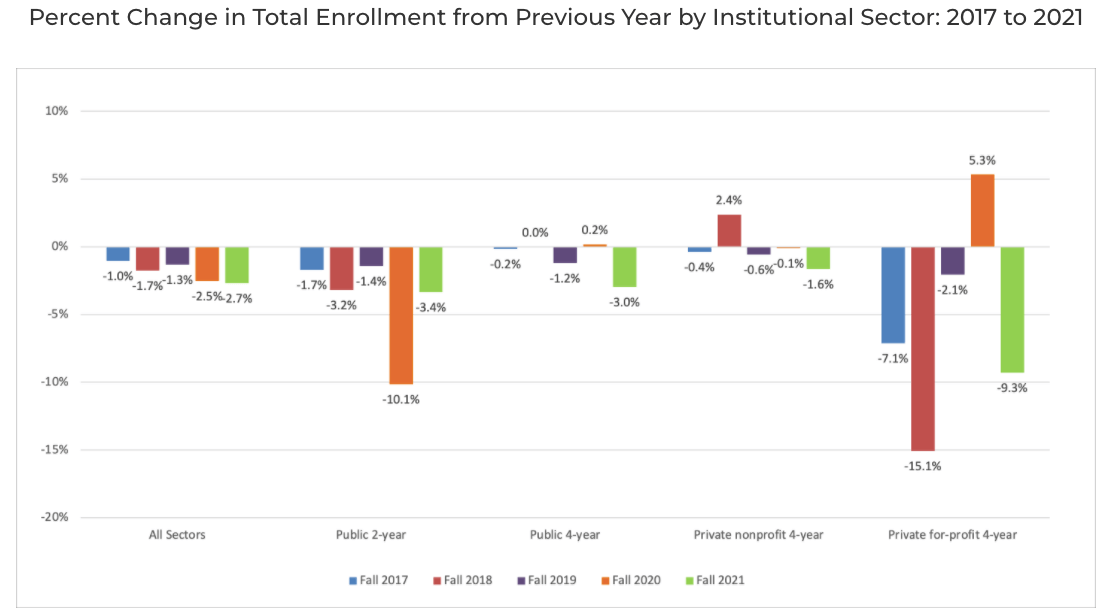A Taste of What’s to Come?

Image: Eddie Guy/LA Times
A growing number of countries are pledging to achieve net-zero emissions. And to accomplish this, many are turning their focus to the livestock industry, which represents ~14.5% of global greenhouse gas emissions.
Today, we’re looking at the two main alternatives to conventional meat: plant-based and lab-grown.
🌱 Plant-ing the flag... The plant-based meat industry is still relatively young, with its two major players – Beyond Meat and Impossible Foods – launching their first products within the past decade. Nearly 10% of US restaurants currently offer plant-based meat alternatives, per a report from AI platform Tastewise.
- The most popular plant-based meat products have been shown to produce up to 90% fewer GHG emissions than beef, while reducing land and water usage by similar amounts. They also require slightly less energy to produce.
✋ Yes, but… Many investors aren’t convinced. Beyond Meat is currently the most-shorted company among the top 1,000 US firms, and its stock is down 60+% since July.
And this past week, Impossible Foods – which is still privately held – dismissed more than a dozen employees as part of an internal reorganization.
- “In the past six months, unexpectedly, there has been a rapid deceleration in the category growth rates of plant-based protein,” said Michael H. McCain, president and CEO of Maple Leaf Foods.
🔬 Back to the lab... This brings us to cell-cultured meat. Using a bioreactor filled with nutrient-rich broth and cell-growth stimulants, scientists can create edible pieces of meat with just a few cells from a live animal.
- All different kinds of stem cells can be grown in a lab, meaning firms can create meats from exotic or endangered species like kangaroos, yaks, giraffes, or bluefin tuna.
✋ Yes, but… Some experts say cultured meats and fish don’t have the full flavor of their conventional counterparts. In real life, animals have muscles that flex and a specific gut biome that influences their development – none of which occurs in a lab.
- It’s also significantly more expensive than regular meat, with a wholesale price around $17 to $23 per pound (which translates to $50+ after markups). Many advocates argue that innovation will continue to decrease costs, though others aren’t so sure.
Share this!
Recent Discussion stories

Discussion
| January 24, 2022On the History of Abortion
Today we’re taking a look at the history of abortion, how the process – and its public perception – has changed over time, and what the future might hold.

Discussion
| January 21, 2022On the Morality of Genetic Engineering
Science and innovation continue to force us into facing big, tough questions – so buckle up. Today, we’re taking a look at some ethical concerns associated with recent advances in three main areas of genetic engineering: plants, animals, and humans.

Discussion
| January 19, 2022Is America Changing How It Thinks About College?
Roughly two years into the pandemic, both community colleges and universities alike are wrestling with declining enrollment and the growing popularity of other post-secondary learning opportunities – and potential students are facing perpetually rising tuition and student debt.
You've made it this far...
Let's make our relationship official, no 💍 or elaborate proposal required. Learn and stay entertained, for free.👇
All of our news is 100% free and you can unsubscribe anytime; the quiz takes ~10 seconds to complete